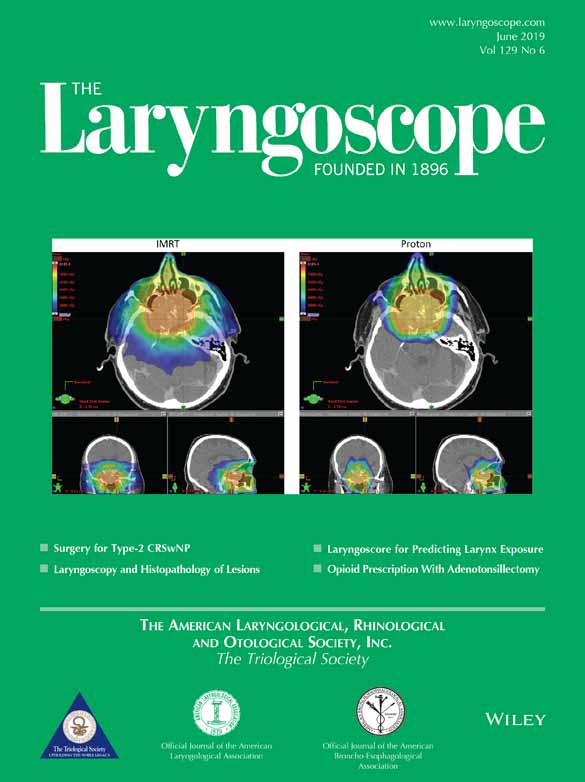Novel approach using transoral robotic surgery for resection of cervical spine chordoma
Dr. Bert O'Malley Jr receives royalties from the University of Pennsylvania through Olympus for his role in inventing the FKWO retractor, May 2016. The authors have no other funding, financial relationships, or conflicts of interest to disclose.
Abstract
Chordomas are rare, infiltrative neoplasms of notochordal origin that present along the spinal canal; en bloc surgical resection is paramount to successful treatment. Limited visualization and complex anatomy are major challenges to resection of upper cervical spine chordomas and often require invasive surgery. A 27-year-old male presented with an incidentally discovered chordoma of the midline second cervical vertebra of the spine. To obtain en bloc resection of the lesion while both overcoming limitations due to access and without introducing morbidity from traditional anterior approaches, we elected using transoral robotic surgery for resection. Due to complete resection, the patient remains disease-free and was spared adjuvant radiation. Laryngoscope, 129:1395–1399, 2019




